Archives
- 2025-12
- 2025-11
- 2025-10
- 2025-09
- 2025-03
- 2025-02
- 2025-01
- 2024-12
- 2024-11
- 2024-10
- 2024-09
- 2024-08
- 2024-07
- 2024-06
- 2024-05
- 2024-04
- 2024-03
- 2024-02
- 2024-01
- 2023-12
- 2023-11
- 2023-10
- 2023-09
- 2023-08
- 2023-07
- 2023-06
- 2023-05
- 2023-04
- 2023-03
- 2023-02
- 2023-01
- 2022-12
- 2022-11
- 2022-10
- 2022-09
- 2022-08
- 2022-07
- 2022-06
- 2022-05
- 2022-04
- 2022-03
- 2022-02
- 2022-01
- 2021-12
- 2021-11
- 2021-10
- 2021-09
- 2021-08
- 2021-07
- 2021-06
- 2021-05
- 2021-04
- 2021-03
- 2021-02
- 2021-01
- 2020-12
- 2020-11
- 2020-10
- 2020-09
- 2020-08
- 2020-07
- 2020-06
- 2020-05
- 2020-04
- 2020-03
- 2020-02
- 2020-01
- 2019-12
- 2019-11
- 2019-10
- 2019-09
- 2019-08
- 2019-07
- 2019-06
- 2019-05
- 2019-04
- 2018-11
- 2018-10
- 2018-07
-
Based on our previous work
2023-07-28
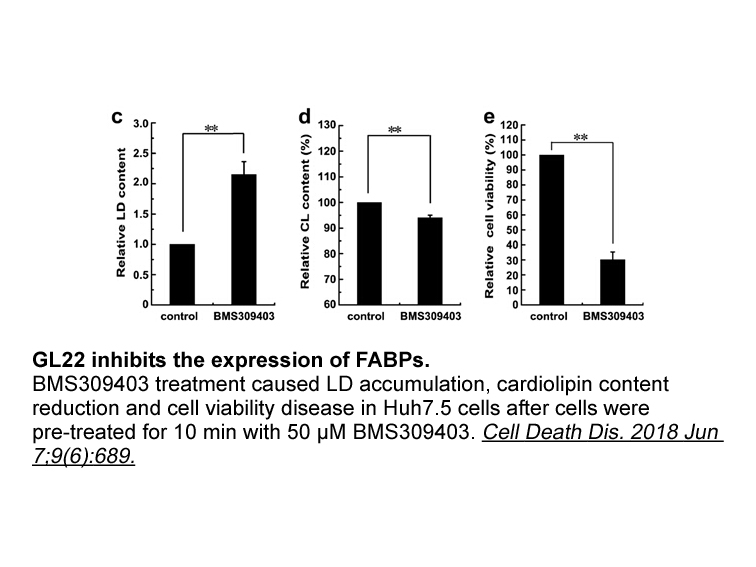
Based on our previous work [13] and the observation that SNX9 is a partner for ACK, we have investigated interactions involving the SH3 domain of SNX9, and identified for the first time synaptojanin-1 as an alternate partner. This SH3 domain can bind a single site in ACK1, but multiple sites in the
-
The purpose of this study is to examine the relationship
2023-07-28

The purpose of this cisapride study is to examine the relationship between ACEs and engagement in treatment among a sample of youth in residential treatment centers (RTCs). It is hypothesized that youth with higher ACE scores will have lower levels of engagement in treatment. In order to thoroughly
-
The hippocampus is the primary brain structure involved
2023-07-28

The hippocampus is the primary brain structure involved in learning and memory. The role of hippocampal synaptic plasticity in neurological processes in cognition and depression has been extensively demonstrated. Synaptophysin is a critical substance in synaptogenesis, which is necessary for learnin
-
The benzimidazole group seems to be
2023-07-28
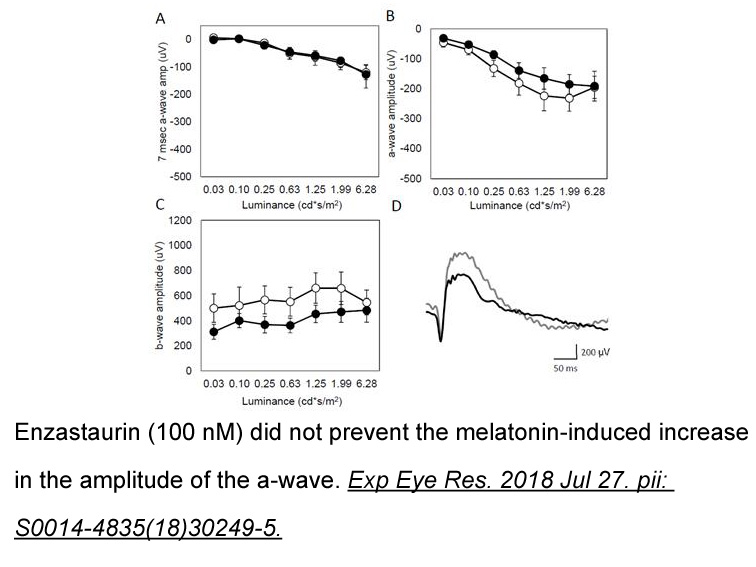
The benzimidazole group seems to be a key feature for the excellent anti-tumor activity of galeterone (159), which motivated the synthesis of new steroidal inhibitors containing N-heterocyclic groups structurally related to benzimidazole. Thus, several 1H- and 2H-indazole derivatives of dehydroepian
-
The tumor suppressor function of LOX in normal prostate
2023-07-28
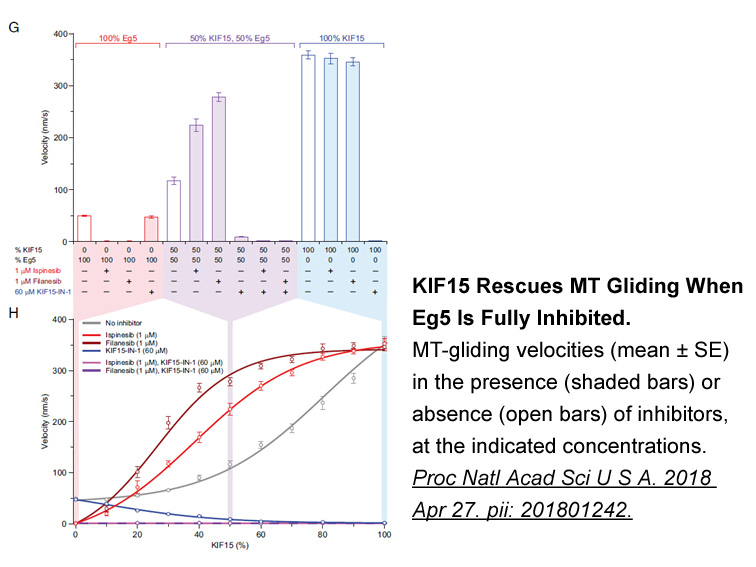
The tumor-suppressor function of 15-LOX-2 in normal prostate epithelial cells may be explained by the induction of replicative senescence [14,15]. Thus, 15-LOX-2 is overexpressed in age-dependent prostatic hyperplasia, but cell senescence may hinder progression to malignant transformation. Notwithst
-
The tumor suppressor function of LOX in normal prostate
2023-07-28
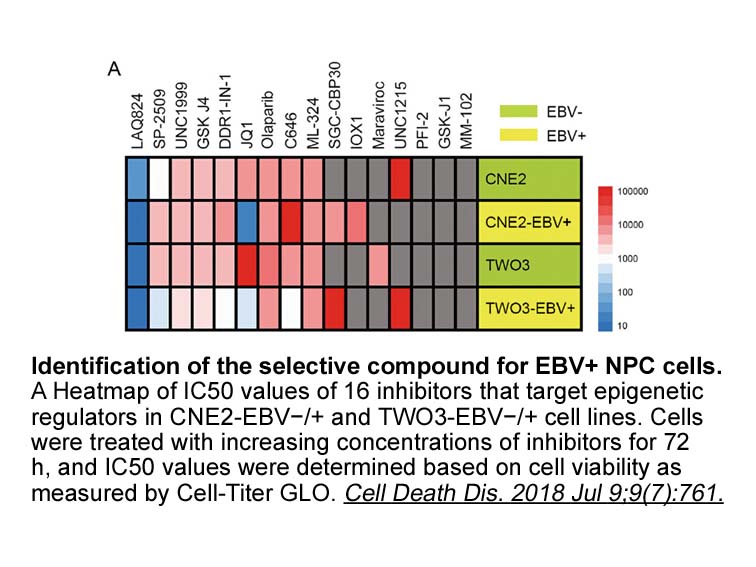
The tumor-suppressor function of 15-LOX-2 in normal prostate epithelial cells may be explained by the induction of replicative senescence [14,15]. Thus, 15-LOX-2 is overexpressed in age-dependent prostatic hyperplasia, but cell senescence may hinder progression to malignant transformation. Notwithst
-
We further evaluated the possibility whether letrozole media
2023-07-28
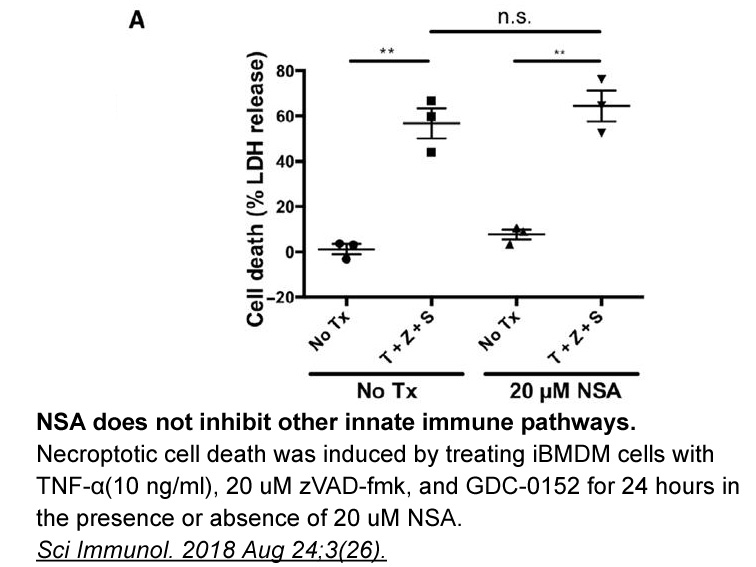
We further evaluated the possibility whether letrozole mediates its effect through diverting the pathway towards 5α-DHT and further to 3α-Diol. For this purpose, we measured the concentrations of 5α-DHT and 3α-Diol in mice hippocampus and found that letrozole elevated both 5α-DHT and 3α-Diol levels
-
A next series of experiments explored whether
2023-07-28

A next series of experiments explored whether cardiac Ampkα1 ARRY-380 is modified in response to pressure overload imposed by TAC. As a result, 2weeks of TAC treatment significantly increased Ampkα1 protein abundance in cardiac tissue from Ampkα1+/+ mice as compared to sham treated mice (Fig. 6A).
-
The subnuclear localizations of redox regulators is also
2023-07-28
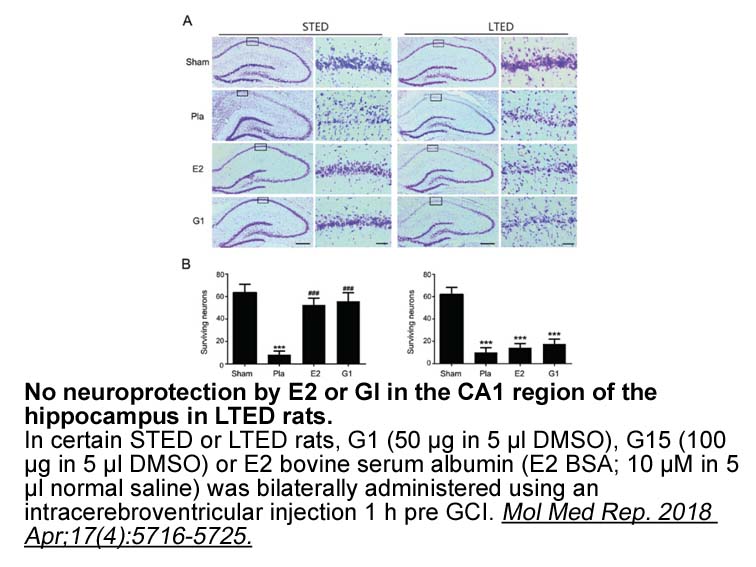
The subnuclear localizations of redox regulators is also largely unknown. The potential role of thiol reductases as transcription regulators or DNA repair molecules may suggest an association to DNA. In this way, the presence of a zinc finger domain potentially involved in protein/DNA interactions o
-
monocrotaline br Materials and methods br Results and
2023-07-28
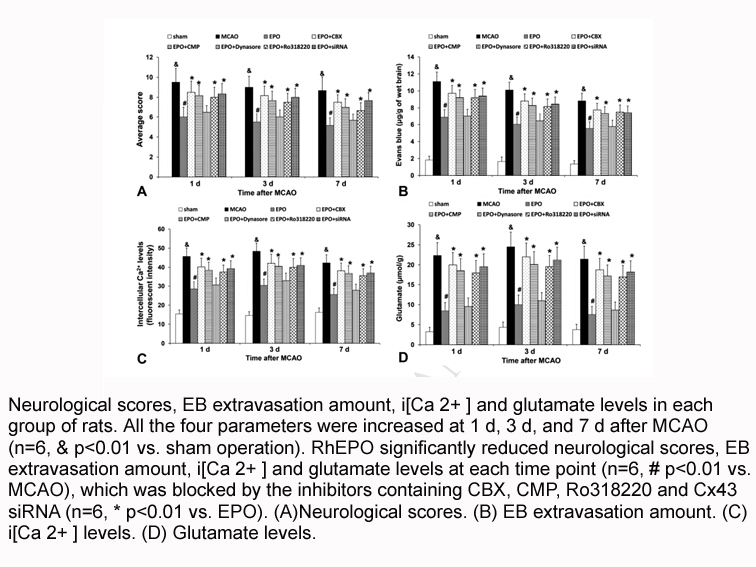
Materials and methods Results and discussion Conclusion The preparation of acrylic nanoparticles as aminosugar carriers could not be achieved by direct functionalization of poly(t-butyl acrylate) particles with saccharide groups. A four-step procedure starting from a protected derivative of
-
While we chose to divide our etiologies into three
2023-07-28
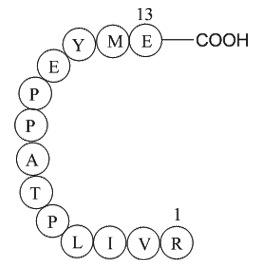
While we chose to divide our etiologies into three categories, it should be noted that such division has certain limitations. Even though URIs and the common cold are considered mainly viral in origin and rhinosinusitis mainly bacterial in origin,26, 27 there is considerable overlap between these co
-
There are no studies documented the role of RAS in
2023-07-28
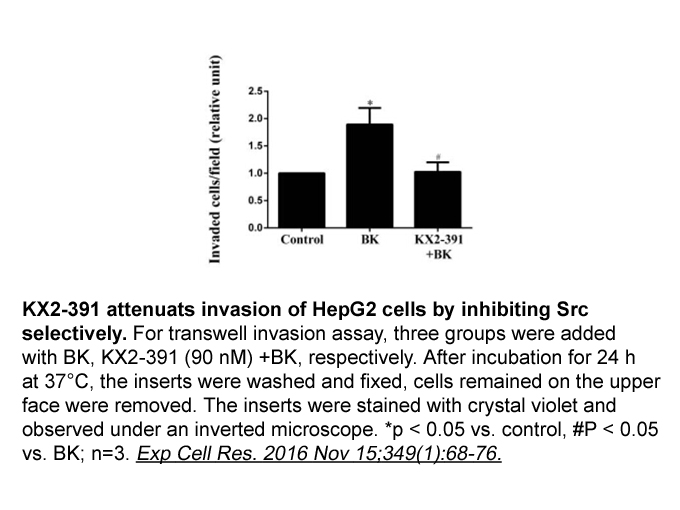
There are no studies documented the role of RAS in the differentiation of MSCs into IPCs but there are previous studies indicating that Ang II receptors exhibit opposing actions on MSCs differentiation, into other cell types rather than IPCs. The blockade of AT2R was reported to suppress MSCs differ
-
The specific functions of ERs and AR underline their crucial
2023-07-28
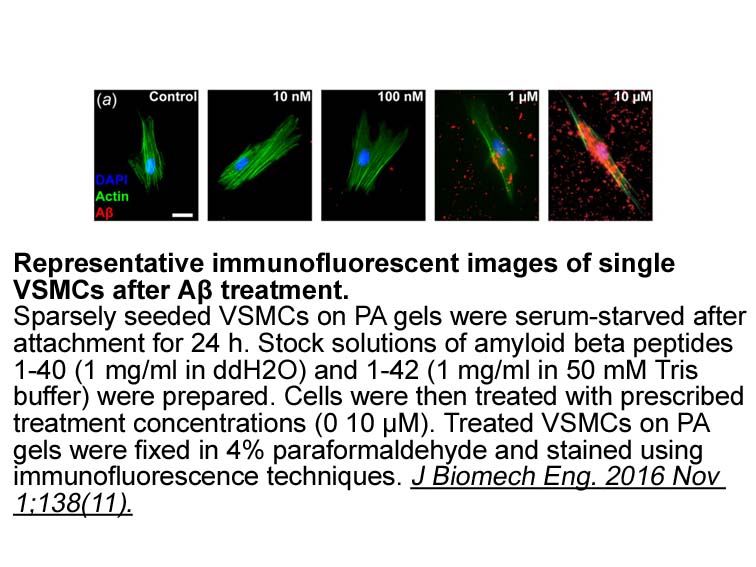
The specific functions of ERs and AR underline their crucial roles during different phases of spermatogenesis. Their deregulation could affect numerous downstream targets, thereby, disrupting spermatogenesis and male fertility. Various studies have shown that estrogen-like chemicals in the environme
-
In our study we provide evidence for the existence of
2023-07-28
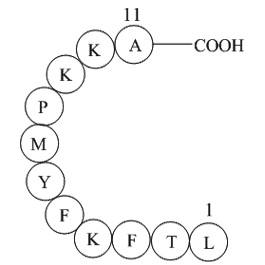
In our study we provide evidence for the existence of an endosome-lysosomal pathway for the proteolytic degradation of AR triggered by its interaction with the ESCRT-I component TSG101. The following findings of this study support this notion: (1) We showed that TS101 interacts with endogenous or ec
-
How do increased levels of ammonia as observed
2023-07-28
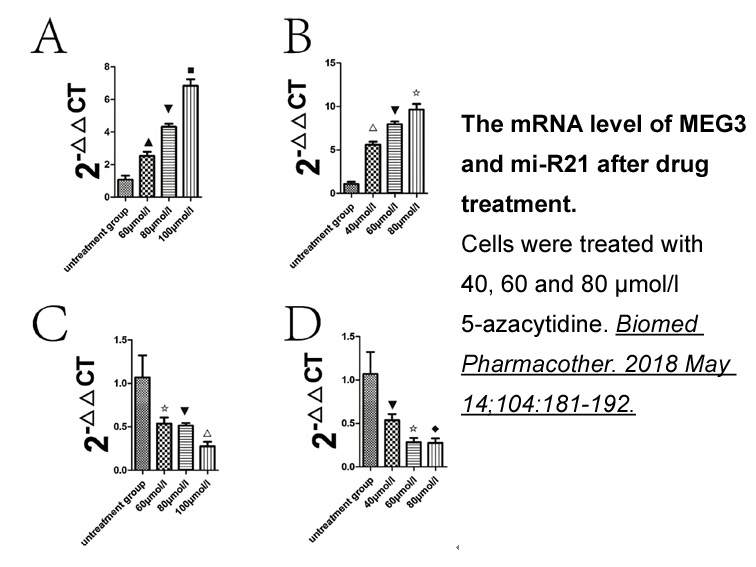
How do increased levels of ammonia as observed in clinical HE constrain synaptic plasticity? Numerous studies have investigated the modulation of signal transduction pathways activated in LTP or LTD irrespective of being necessary or sufficient for changes in synaptic efficacy (Wen et al., 2013). Ye
16490 records 320/1100 page Previous Next First page 上5页 316317318319320 下5页 Last page